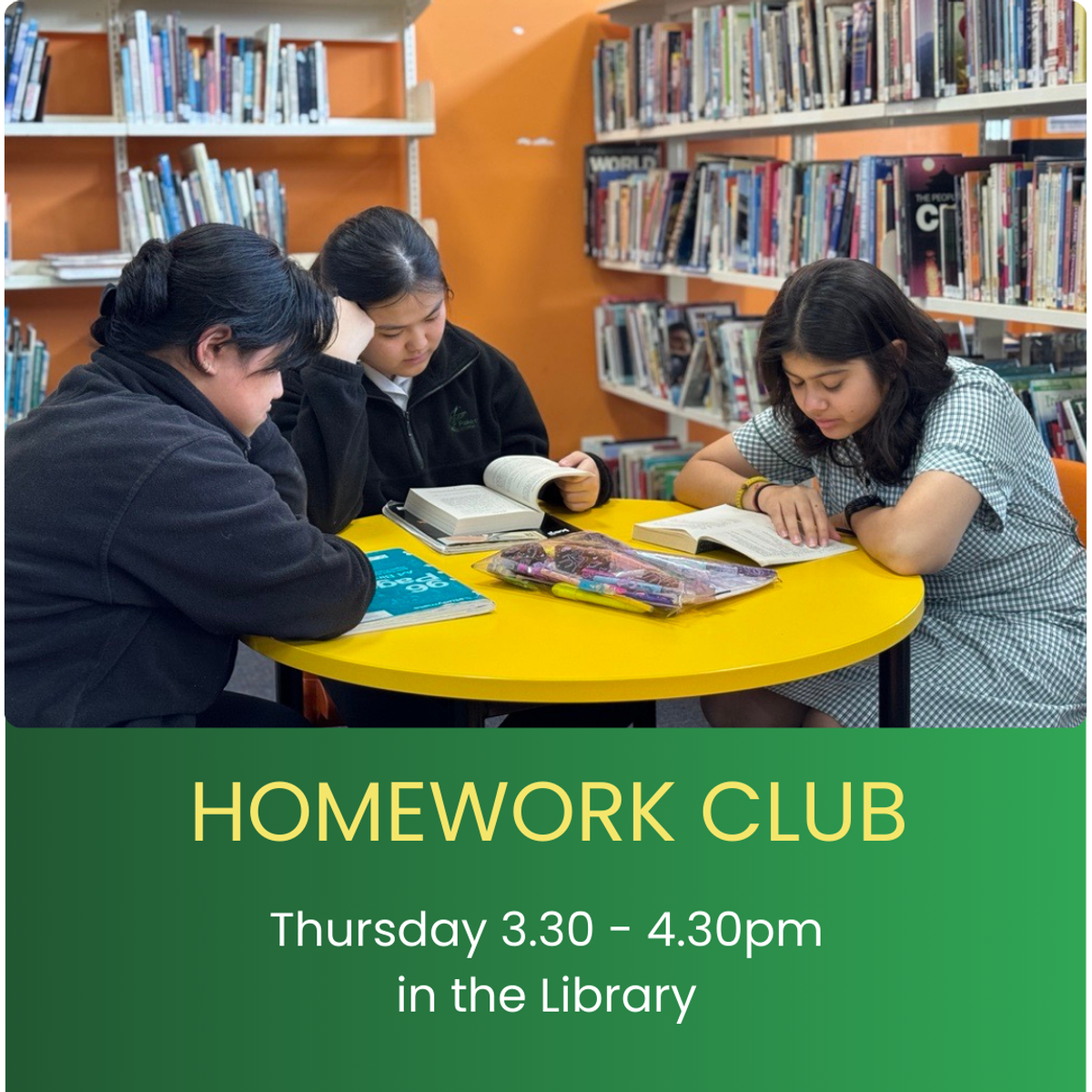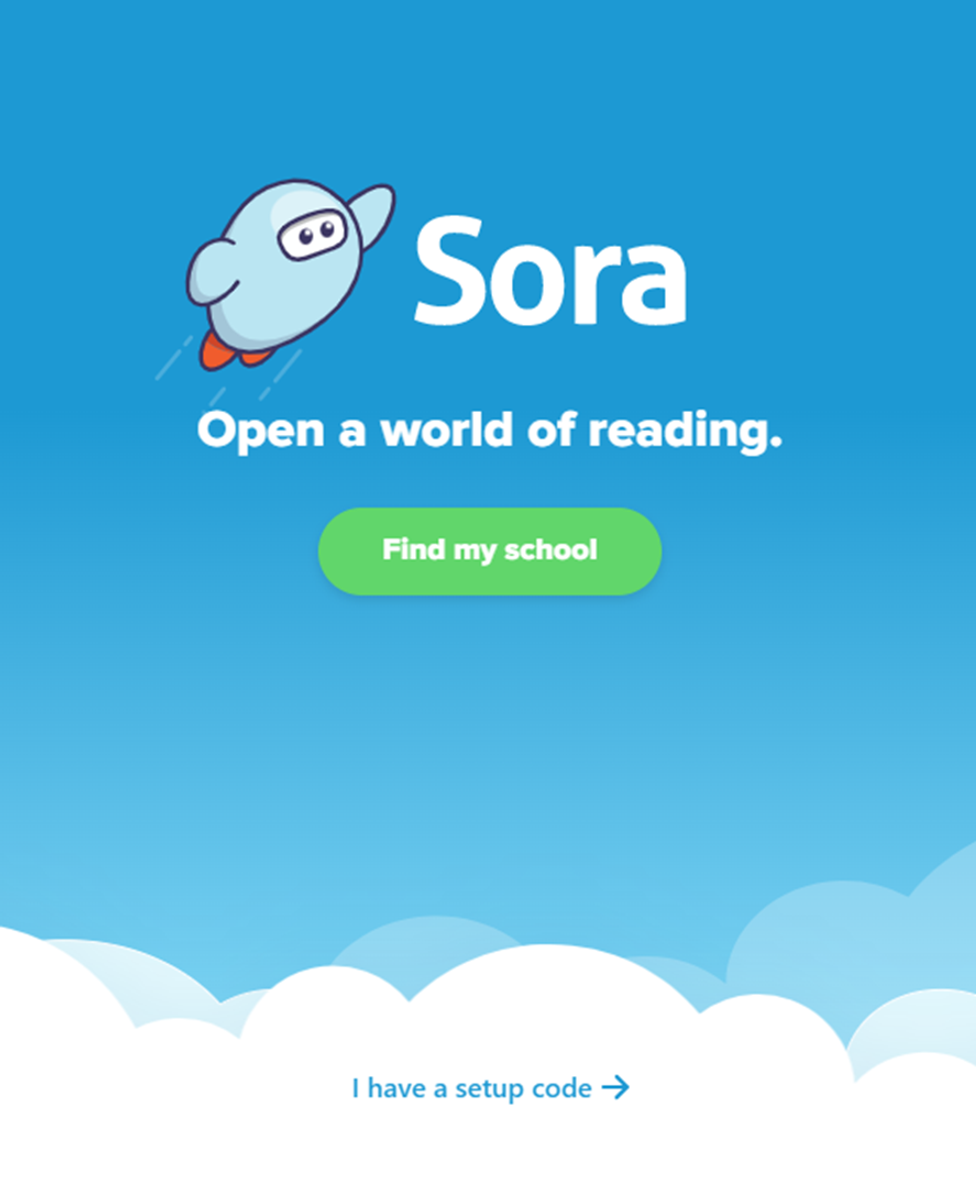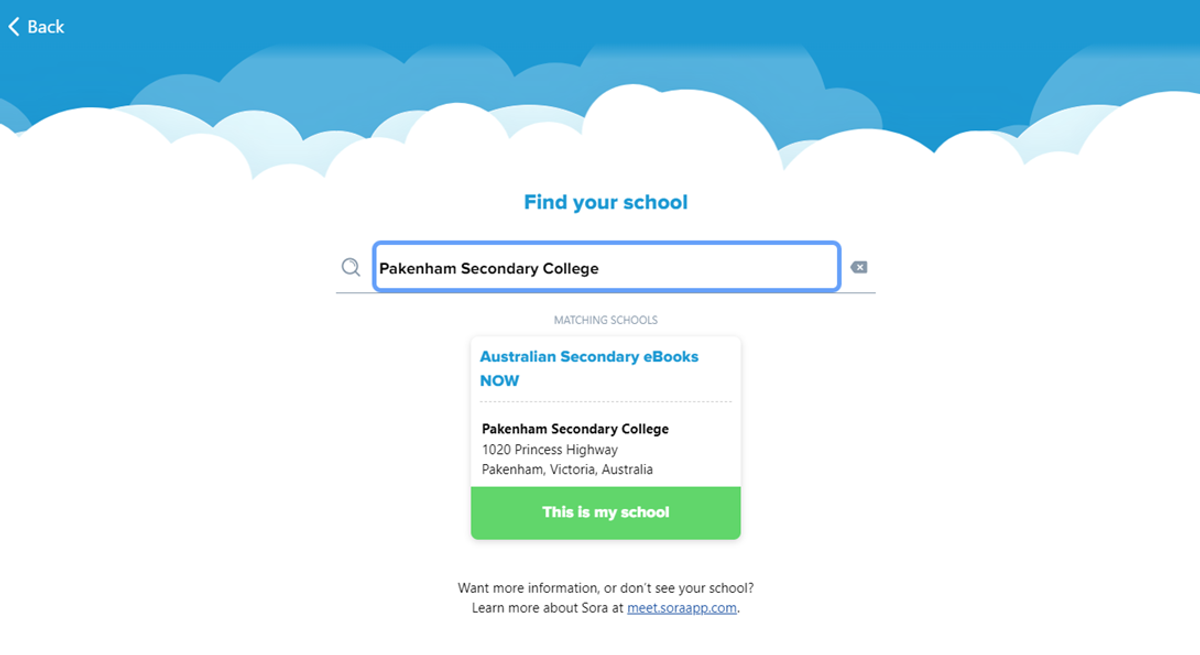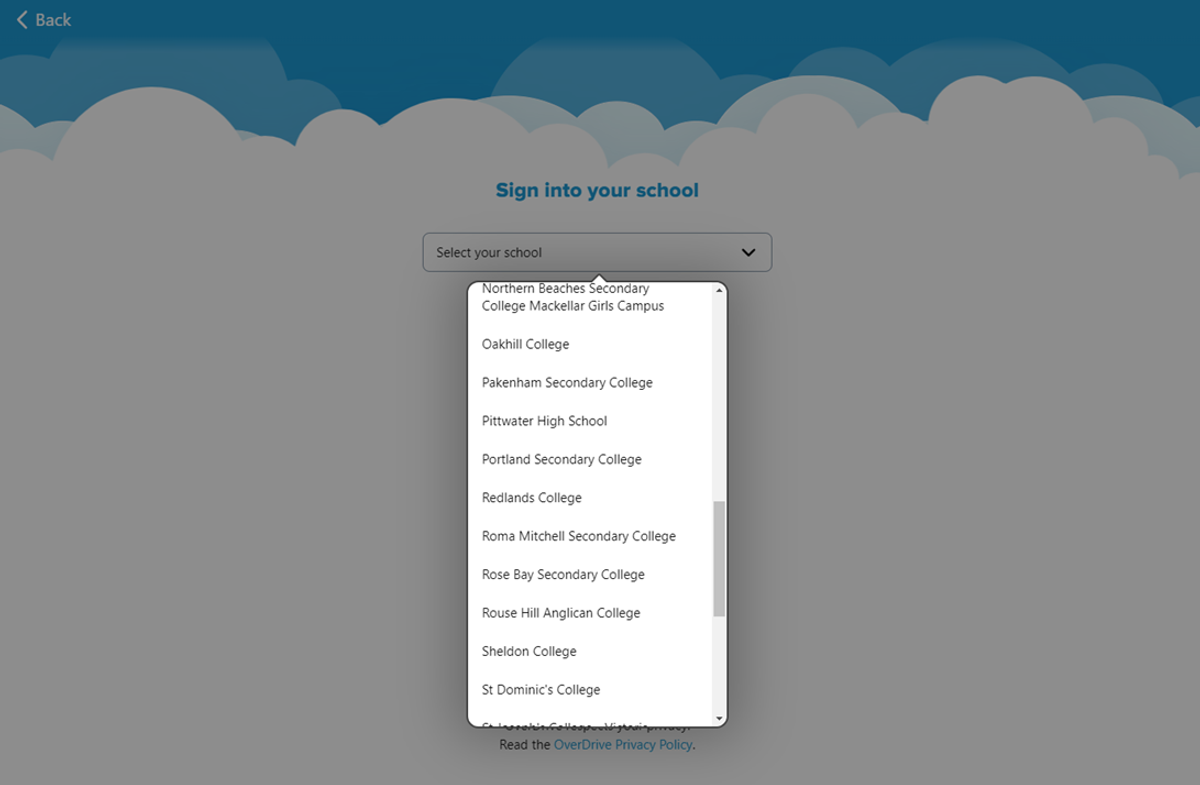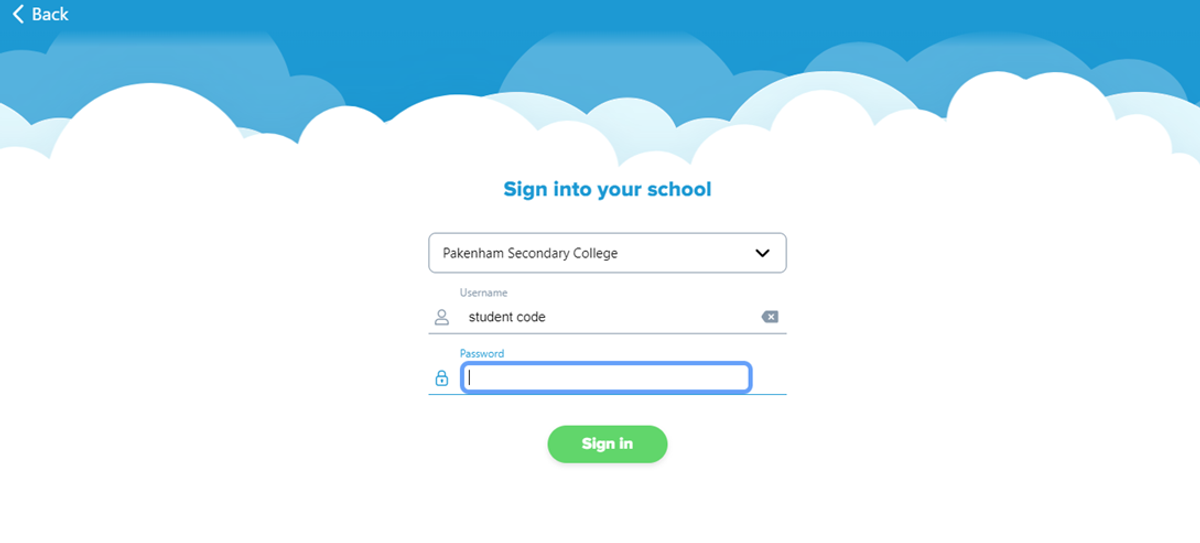Library Matters

The good news is: there’s never been more resources available to read, enjoy and learn, hard copy and online. Books, Magazines, blogs and.......
The bad news is: that “reading ranks low in the hierarchy of leisure activities for Australian teenagers, with a significant number not engaging in it at all. In contrast screen based activities particularly social media and video viewing are distinctly more popular”. (Teen Reading in the Digital Era).
The difficult news is: the road ahead for students in the education landscape is more difficult the lower degree of literacy ability one has and only made easier by good reading and higher literacy skills. The whole system of educational success is dependent on proficient reading skills.
10 ways to encourage your high-schooler to read
When teens struggle with reading, getting them to sit down and actually do it can be challenging. But it doesn’t have to be a battle. Use these strategies to encourage your teen to read more.
1. Keep things real.
Make explicit connections between the ability to read and future options in life. If your teen is thinking about TAFE or Uni or a career path, have open, honest discussions about the ways reading will be necessary for success.
2. Let your teen choose.
The best way to encourage kids to read is to allow them to read whatever they find engaging, whether it’s comic books, cookbooks, or romance novels about vampires or zombies. The books they’re drawn to might not be your favorites, but don’t discourage those preferences. Reading is reading. Avoid any urge to censor their choices.
3. Look for books at your teen’s reading level.
When teens struggle with reading in high school, it can be challenging to find high-interest books at their reading level. Getting practice with an accessible text is better than giving up on a traditional book that is geared for more advanced readers.
4. Model reading.
The best way to create a culture of reading in your home is for you to read as much as possible. The more kids see their parents reading, the more likely they are to follow suit. This doesn’t change once they enter high school. Teens are even more resistant to any message that implies do as I say, not as I do.
5. Discuss what your child reads.
Talk in meaningful ways about what your child reads. Ask questions and encourage debate. Create an environment of deep discussion and critical thinking. Talking frequently about what kids are reading can help in more ways than one.
6. Resist the urge to criticise.
When teens are reluctant readers, you want to prevent them from shutting down about reading altogether. And that means keeping negative opinions about what they read to yourself. If you don’t like the vampire stories your teen likes, don’t voice that criticism. If you think magazines are inferior to novels, don’t share that opinion while your teen is reading a magazine. Be tolerant and encourage kids to read, whatever form that takes.
7. Find a compelling series.
Readers who get hooked on the first book in a series can follow the same characters or themes through many more books. For teens with learning and thinking differences, starting a new book can be daunting. But the familiarity of a series can make it easier to understand the text and can reduce the negative feelings associated with starting a new reading task. Find the right characters or themes, and even reluctant readers will be eager to pick up the next book in the series.
8. Connect reading to your teen’s passion.
By high school, struggling readers may have lost the motivation to work on reading skills. But you can encourage them to stay engaged by looking for ways to connect reading to subjects that are relevant to them. For example, if your teen is a reluctant reader who wants to work with animals, make it clear how important reading will be to learn more about veterinary science and find books and magazine articles about animals.
9. Tie reading to social media.
If your child likes texting friends and posting on social networks, you can give mini-assignments that use those interests. For example, encourage your teen to start following a blog and to read interesting posts aloud to you occasionally.
10. Leverage interest in current events.
Highlight the ways that you can use reading to keep tabs on what’s happening in the world. Encourage your child to pick up a newspaper or subscribe to a magazine. For teens with learning and thinking differences, reading might seem frustrating or boring. But if your child is interested in sports, politics, celebrities, music, you name it, there will always be something to read.
Did I say 10 ways, well here’s an eleventh thing to do. Read! We all have 24 hours. Set aside some of this time every day (maybe 15 minutes or half an hour) for pure and simple reading. Find a comfortable chair, avoid distractions, turn off your phone, grab your book or magazine and read – remember “reading is its own reward!
Useful Library Links
Clubs in the Library
Along with Chess Club we have two other clubs available in the library.
SORA Reading App Instructions
Here are some instructions on how to install the SORA Reading App.
“You can find magic wherever you look. Sit back and relax, all you need is a book.” Dr Seuss
Enjoy some sensational spring reading by logging into SORA, our library’s fantastic eBook and audio book Reading App. We are sure you will find a book that grabs you amongst the hundreds of books included in the extensive range.
Install the SORA app on your phone or computer using your Compass Username (For example: GARA001). The password is simply: password. Please read below for the instructions.
The default setting will only allow books to download when you are connected to Wi-Fi so it will not gobble up your data. See how you go.
Sora Install Instructions
- Install the Sora app from the Apple App Store of Google Play store, go to soraapp.com
2. Click 'Find my school'
3. Click 'No, I’ll search for my school’
4. Type in ‘Pakenham Secondary College’ and click ‘This is my school’
5. From the drop-down menu, scroll until you find ‘Pakenham Secondary College’
6. Sign in with you Student Code (ie. ABC0123), and your password is ‘password’




